Enhance your Mori-language learning with the most reliable and easiest guide available.
The bestselling Mori Made Easy gave learners an accessible and achievable entry into te reo Mori. It quickly cemented itself as the guide for those new to the language.
Scotty Morrison now offers a second instalment to help you continue your learning journey, picking up where the first volume left off.
Mori Made Easy 2 unpacks more of the specifics of the language while still offering an easy, assured approach. By committing 30 minutes a day for 30 weeks, you can build your knowledge in a practical, meaningful and fun way.
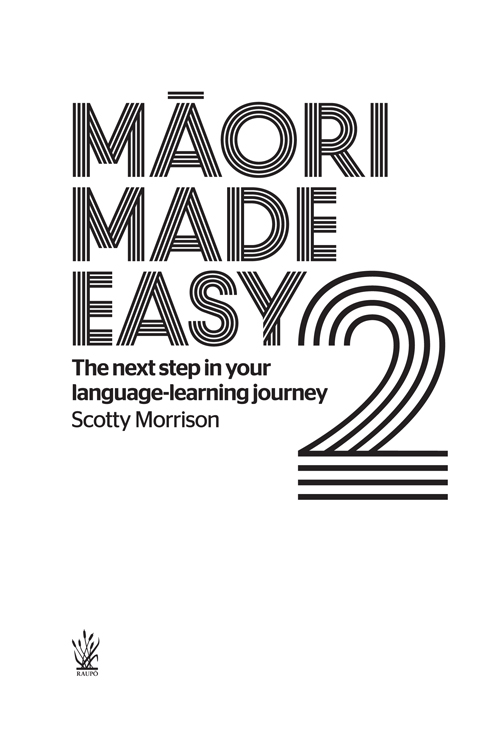
Introduction
Nau mai, haere mai! Welcome to Mori Made Easy 2!
Congratulations on your commitment to continue on from the first Mori Made Easy, and if you are starting the programme at this level after a year or so of studying te reo Mori in some other way, koia kei a koe! Just like Mori Made Easy, this book has been designed to accelerate your learning and acquisition of the Mori language. It is structured to use just 30 minutes of your precious time each day. We are all time poor, so whenever you get 30 minutes to spare in your busy schedule, thats the best opportunity to do your Mori language study. No waiting for your night class to start, no travelling to the local wnanga or university. Press your reo Mori button for 30 minutes a day and get yourself to an intermediate standard of Mori language expertise!
The book is self-directed. The only online component is the weekly phorangi, or podcasts, you are required to listen to. These are scheduled in for Friday of every week, but I encourage you to listen to them over and over; they will be a big help in your language development. On every fifth week you will complete a set of exercises designed to revise what you learned over the previous four weeks. If you understand the written dialogue and the questions asked, and provide correct answers during these revision weeks, then the indicators are good that you are developing a sound understanding of te reo Mori. If not, go back and do the previous four weeks again to try to get the level of understanding that will enable you to move forward; or at the very least keep listening to the phorangi for those weeks. Whatever it takes. Learning te reo is a marathon, not a sprint, so take your time, relax, and learn at a pace that is comfortable for you.
Now, all answers to the exercises are at the end of the book but only check those once you complete each session no cheating, e hoa m! Each week follows a general structure beginning with an introductory proverb. There may also be a conversation between two characters, Mere and Mka, demonstrating the sentence structures that will be learned during the week. The idea is that you read their conversation with little understanding of whats being said, but by the end of the week, after all your study and exercises, you should be able to follow it.
There will be explanations and exercises to reinforce your knowledge around the new sentences and vocabulary of each week. A crossword rounds out most weeks to reinforce the vocabulary you have picked up, and to have a bit of fun.
Good luck, e hoa m, and kia kaha!
Scotty Morrison
September 2018
Weekend Word List
Oti | To complete or conclude |
Ora | Health / Alive / Save |
Wera | Hot |
Whnau | Family / Give birth |
Wareware | Forget |
Ea | Achieve / Accomplish |
T | Erect / Stand |
Hh | Over it / Annoyed |
Hinga | Fall / Defeat |
Pakaru | Break |
Ngaro | Lost / Missing |
Mutu | Finish / End |
Whara | Injure / Injury |
Tumeke | Surprised / Shocked |
Paru | Dirty |
Riro | Obtain |
Mkona | Satisfied |
Tika | Correct / Fix |
Kino | Bad / Ruin |
Mau | Catch / Maintain |
Mataku | Scare |
Mahue | Leave behind |
WEEK THIRTY-ONE
More on statives and how to use the word wareware
Whakatauk o te wiki
Proverb of the week
Ttara whi rua, he kai n te ahi
A split ttara is food for the fire
(United we stand, divided we fall)
Towards the end of Mori Made Easy we studied stative verbs, and this week we will extend your understanding of these types of words. One strategy to help you grasp stative verbs is to identify the most common ones used in te reo Mori. You should already know these words from your weekend word list, but you may not have realised you were learning statives thua. So lets start this week with a crossword a pangakupu thua!
HARATAU PRACTICE
Rhina Monday

30-minute challenge
1. Whakaotia te pangakupu nei.
1. Complete the following crossword.
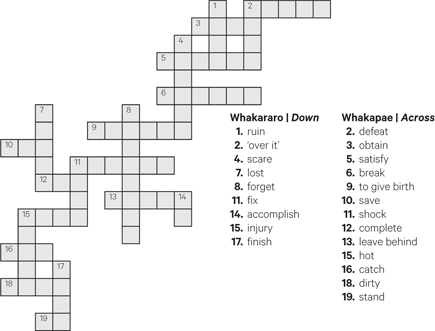
Remember, the key to getting a stative verb sentence right is knowing where to put the i. The i is key because it demonstrates who is doing the action, or what has caused that state to be reached. In the following example, the state of the house being burnt by fire is demonstrated by placing the i in front of te ahi.
I wera te whare i te ahi | The house was burnt by fire |
Have a go at unscrambling these sentences and concentrate on putting the i in the right place. A very literal English language translation has been provided to help you out.
2. E nanu ana nei kupu, mu e whakaraupapa.
2. Unscramble the words in these sentences.
1. ora koe a au ka i | (I will be saved by you) |
2. pau ptea tana kua tana i wahine | (His money has been spent by his wife) |
3. i whenua te riro i mtmua te tama | (The land was obtained by the eldest son) |

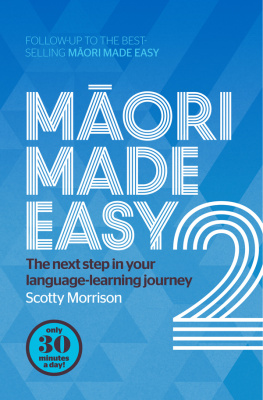
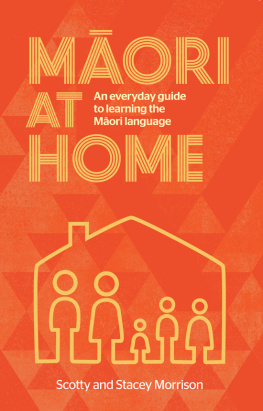
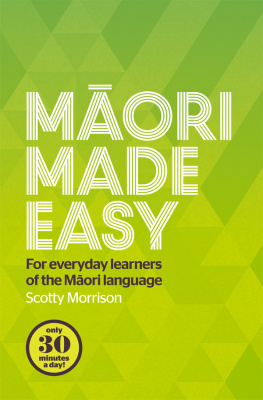


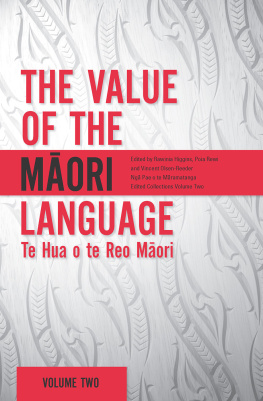
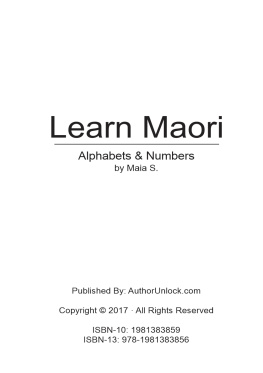

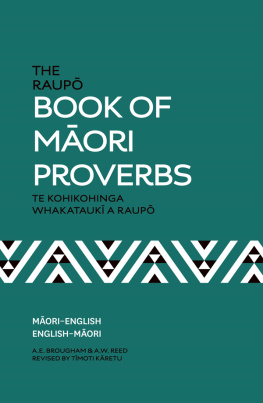
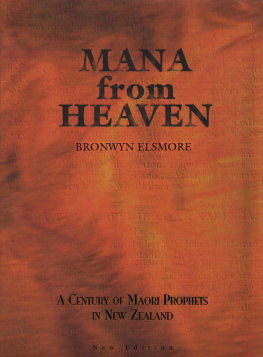
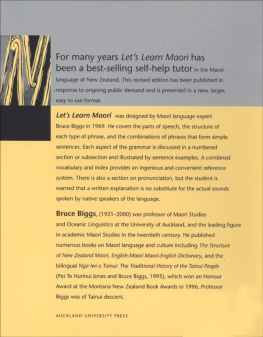




 30-minute challenge
30-minute challenge